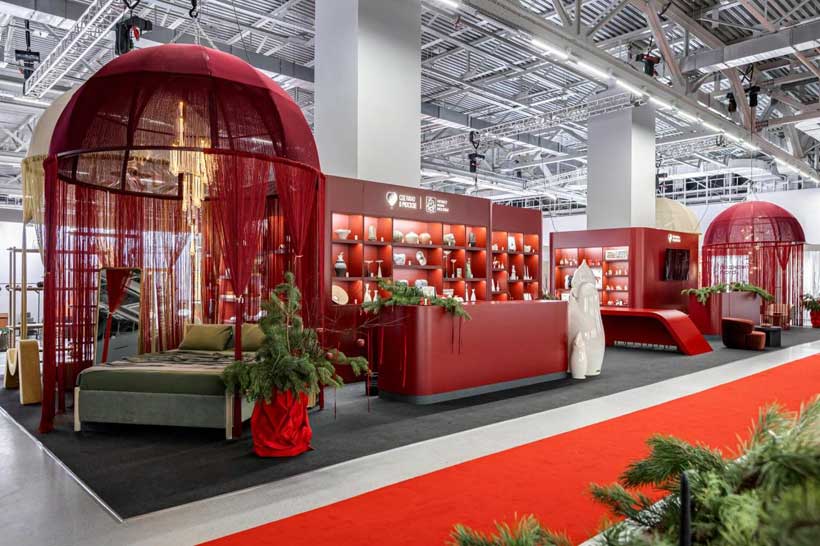Speaking on the sidelines of Global Finance’s 2025 Global Bank Awards in Washington, D.C., Arun Jain—Chairman and Managing Director of Intellect, and Chief Architect of Purple Fabric—outlined a bold vision for what he calls the “fifth wave of banking”: an era defined by AI, Cloud and Design Thinking.
At the centre of this transformation is Purple Fabric, the world’s first open business-impact AI platform. Jain describes it as a democratizing force for the industry—technology that brings AI out of the exclusive domain of data scientists and places it directly into the hands of business and operations teams. The goal is to enable banks to co-create contextual, composable solutions that deliver measurable efficiency gains and improved customer experience, while upholding the highest standards of ethics, transparency, and trust.
For Jain, the future of banking requires a decisive shift from product-first thinking to a customer-first model. Rather than designing products and retrofitting customer journeys around them, he argues that financial institutions must build solutions around the financial events that shape customers’ daily lives—from paying bills and receiving salaries to large, complex needs like home purchases or wealth transitions.
This philosophy underpins eMACH.ai, Intellect’s modern architectural framework built on Events, Microservices, APIs, Cloud, Headless technology, and AI. By adopting these modular building blocks, banks can create unified platforms capable of responding to customers’ unique financial-event patterns in real time. The result: faster innovation cycles, personalised engagement, and the ability to scale new business models at materially lower software costs than legacy platforms allow.


